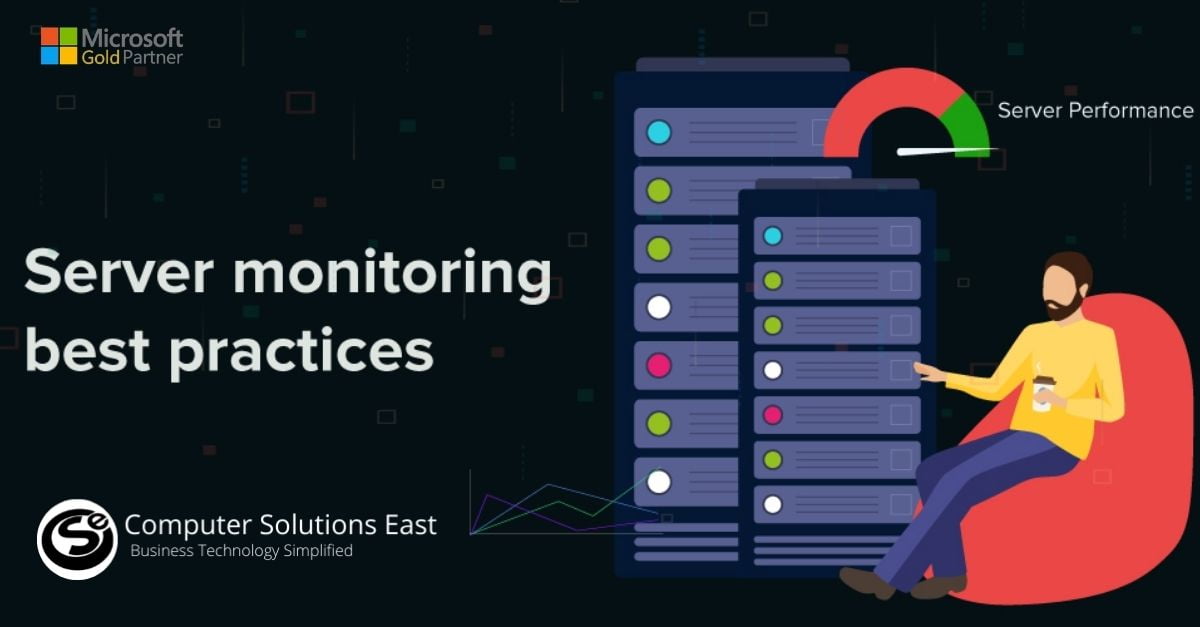Make the most out of BI Opportunity with MSP
Businesses having the $50 million to $100 million turnovers would benefit the most from digital transformation leveraged by business intelligence service providers. MSPs are good at providing business intelligence technology that enables it.
What the businesses having futuristic view did last year, the investigative business leaders across 18 countries in nine different sectors to see what was going to happen to them during the year 2026 in the year turn to the Information Generation: Transforming the Future. And in fact, it discovered that 96% of executives believe that new technology coupled with business intelligence services & solutions have changed business rules.
One implication from the study is clear: digital transformation is generally embraced by all corporate executives, regardless of scale. Additionally, the researchers asked the sample community to define market characteristics that are “make-or-break” in the digital era. To thrive, the community assumes that companies must be able to:
- Recognize potential opportunities predictively
- Demonstrate openness and trust
- Be flexible in your innovation
- Create innovative and customized experiences
- Work in real-time.
Business intelligence (BI) acts as a catalyst for the creation of all five of these characteristics. By applying critical analytics to core business functions and processes, business intelligence accelerates businesses’ digital transformation.
Additionally, for small to medium-sized businesses, business intelligence service providers can play three critical roles in enabling BI beyond simply installing technology tools:
- Adding a specialized skill set – technological and functional – that is not indigenous to the organization.
- Supplementing current employees with resources (i.e., people).
- Mentoring starts a business through the BI process by top business intelligence service providers’ help from concept to execution to acceptance, with ongoing support.
The Society did some research for Information Management (SIM) found in their 2016 IT Trends Report, released in May last year, has shown CIO leaders were asked to include their chief concerns for the coming year. The top ten issues by business intelligence service providers on the list were “IT alignment with the business” and “IT cost and controls.” They flatly refute common wisdom: company tech is about strategies and has nothing to do with business intelligence consulting companies’ strategy. If he is the brawn and no brains, he will continue to work the same way as an MSP.
Suppose a mid-sized business lacks the personnel and budget to balance the larger company’s IT capital. In that case, MSPs may provide business consulting in each of the seven phases of BI implementation. The stages must be followed in this order:
(1) Become widely read
(2) Make connections
(3) Gain recognition
(4) Build up experience
(5) Maintaining it.
- Strategize – Before evaluating apps and deployments, MSPs should encourage dialogue within the leadership of a midsize organization’s business strategies and priorities. The dialog should follow a chronological format, beginning with an overview of its existing information technology state before delving into the potential situation’s specifics. Additionally, a strong distinction must be made between market conditions and any technology stakeholders’ preferences.
- Prioritize – MSPs should shed light on the amount of effort needed to accomplish the client’s objectives. No business’s budget is limitless, a fact that is typically more acutely felt by small to midsize companies. Sometimes, the degree of complexity corresponds to the degree of expense in enabling business intelligence service providers. Additionally, the speed of change should be determined by available resources.
- Analyze – Before implementing any new technology, MSPs can direct clients by creating key performance metrics, defining baselines, and setting realistic goals.
- Evangelize — It requires great discipline to connect, down, and through an organization to achieve “buy-in” from any level in each department and division. However, this is an initiative that should be previously assigned to implementation as well. Business intelligence consulting services can help by sharing their achievements and experiences gained when serving other customers. Many MSPs should be comfortable with what to tell and how to say it while making a BI case based on their background.
- Customize – Through leading a customer through the first four stages of market intelligence, MSPs gain insight into designing strategies unique to that organization. Few researchers concur “one size fits all” in today’s digital business climate. And even fewer would understand how to size correctly.
- Optimize – Much as new business intelligence technology must be tailored to a client’s operation’s specifics, such offerings must be optimized for peak performance in specific functional areas, such as financing, sales, and service. Again, an MSP’s familiarity with similar businesses in similar industries allows an MSP to provide value that a midsize company would fail to produce independently.
- Visualize — Advocating for a BI approach is difficult for an outsider who has little to no actual knowledge to go on hand to get a sense of it. It is vitally important that business intelligence service providers are both creative and hard-working.

There are various kinds of BI solutions and functionalities that an MSP can offer. It includes the following:
- Dashboards and visualizations: Dashboards automate the retrieval and storage of visual aids such as charts and maps. They can aid in the comprehension of performance indicators (KPIs).
- Data mining: Biotechnological analysis extracts patterns from databases. These kinds of approaches will help organizations achieve better ROI and fiscal objectives.
- Online analytical processing (OLAP): This approach enables users to extract and display data from various angles. For instance, a marketing team member may wish to view a particular item’s sales during a specific period. They will then equate it to another month or item to assist them in designing marketing strategies.
- Extract transforms load (ETL): Data integration is used to construct data warehouses.
- Cloud and Software as a Service (SaaS): These types of business intelligence applications are typically hosted and maintained on a virtualized environment or are installed outside of the organization’s firewall. They are widely used for dashboards, main performance measures, and other marketing actions.


